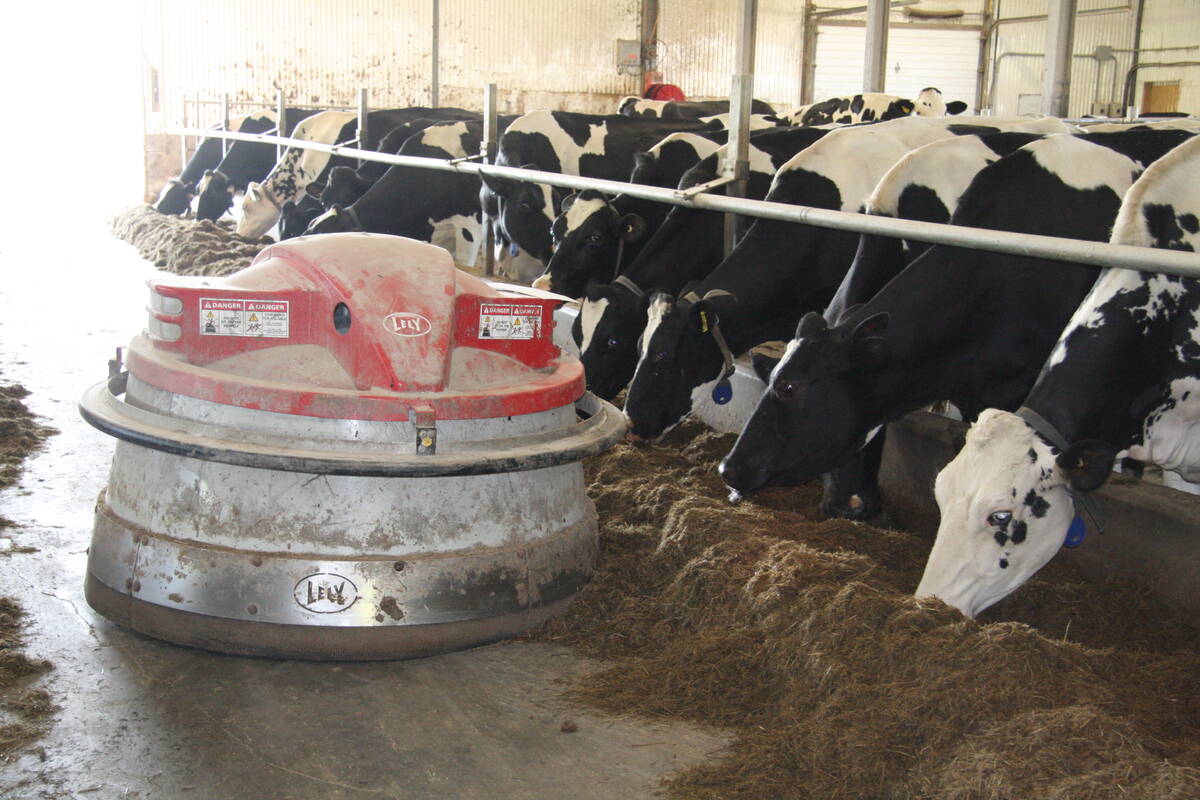SWIFT CURRENT, Sask. Ñ Some people thought Shelly Haubrich was crazy to advertise “happy beef from happy cows.”
“My dad thought I’d lost my marbles,” she told a beef and forage conference in Swift Current.
“My husband said I wasn’t playing with a full deck.”
However, the producer from Hodgeville, Sask., said thinking like a consumer helped her earn money in the post-BSE marketplace.
Haubrich had traditionally sold calves to the United States, where she established a niche market. She doesn’t use antibiotics or implants and six feedlots would bid on her natural beef calves sired by fullblood Piedmontese bulls.
Read Also

Partnerships, communication key to disease management
Communication and strong, trusted partnerships are key to managing infectious diseases like Foot and Mouth Disease and HPAI.
However, that market wasn’t available after the discovery of BSE in Canada in May 2003 closed the U.S. border to Canadian cattle.
This spring, the Haubrichs sold calves they still had on feed and “took a licking,” she said. However, 50 calves wouldn’t fit on the truck, and Haubrich had an idea.
She had been taking an agricultural management class through the University of Saskatchewan, where she learned that good marketers give consumers exactly what they want.
She placed her ad in three newspapers and ended up receiving more than 300 phone calls.
“I sold 42 animals, all by the side or quarter,” she said.
Haubrich picked up 87 customers, ranging from city dwellers to other ranchers.
“Guys who had a bad beef experience were easy to sell to,” she said.
She also learned a lot about consumers, answering questions about how to cook beef and the size of a side of beef.
“Guess what? It fits in a 27-inch TV box,” she said.
Another asked, “you don’t feed them to themselves, do you?” and one asked if she could come pick out her own animal.
Haubrich said sides were generally too large for most of her callers, but 165 pound quarters worked well.
She charged $2.75 per lb. and paid the cutting and wrapping charge at an abattoir in Vanguard, Sask. Recognizing that many of her customers were paid twice a month or monthly, Haubrich allowed them to pay half upon receipt and half the following month.
She didn’t get any bad cheques, complaints or requests for her 100 percent money-back guarantee. She estimated her advertising costs at less than $20 per head.
This month Haubrich is following up with her customers and intends to advertise earlier to take advantage of barbecue season.
“If I had my way, I’d sell (all the calves) this way,” she said. “I’m sick and tired of all the middle guys making more money than me.”















